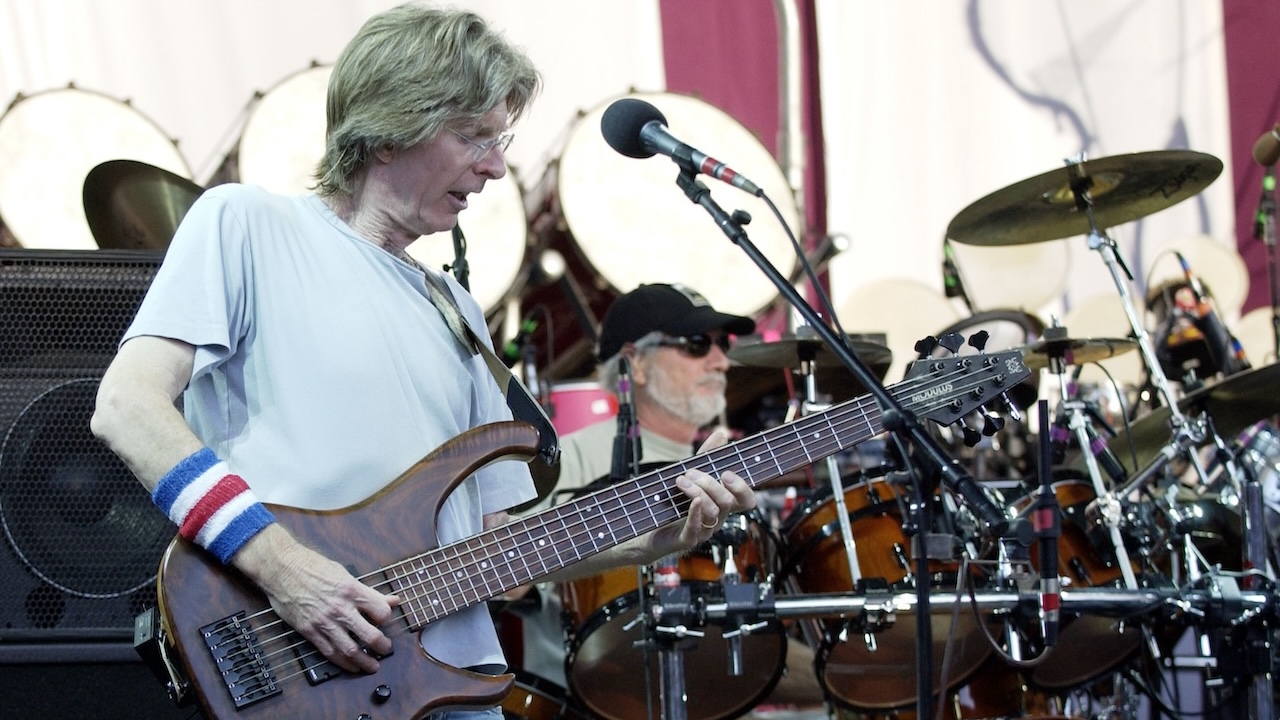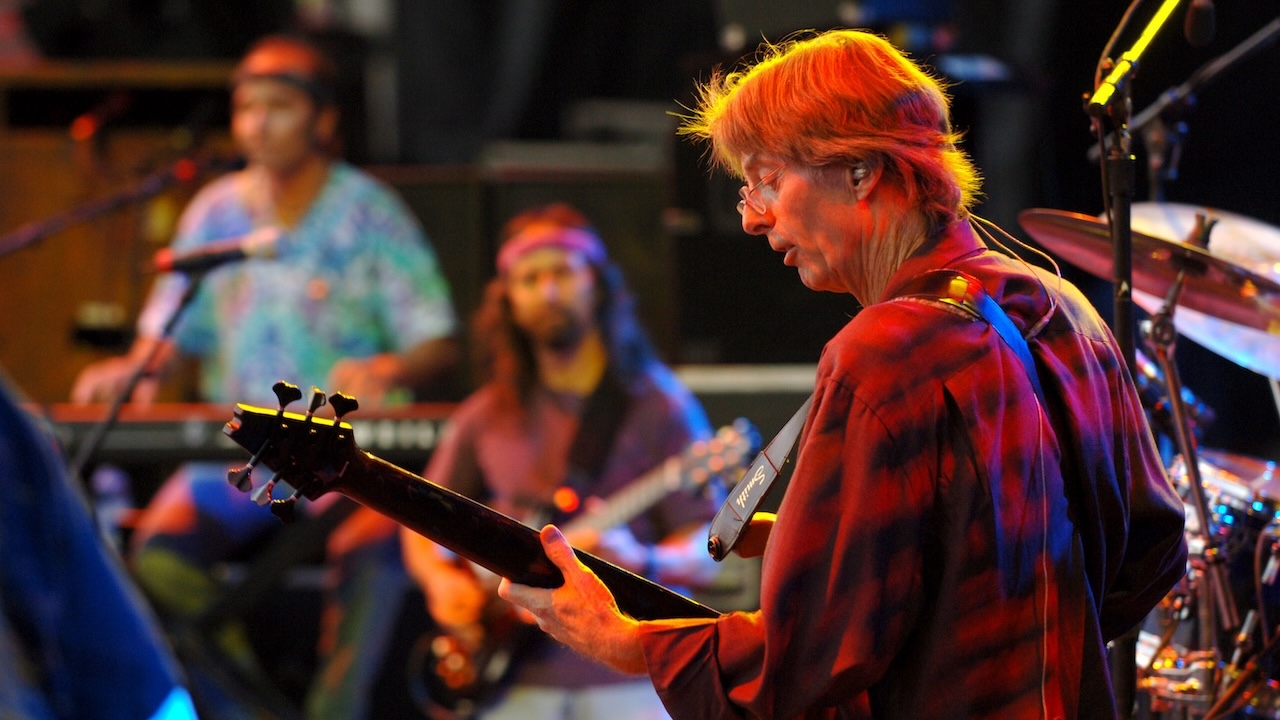“I'm continuing in directions I established in the Grateful Dead, but I was never satisfied with my studio work – this band has surpassed my wildest dreams”: When bass icon Phil Lesh went in search of a new sound
The late Grateful Dead anchor made his debut solo effort alongside guitarist Warren Haynes and lyricist Robert Hunter

This feature was first published in the August 2002 issue of Bass Player magazine.
The offbeat meanderings of bassist Phil Lesh were crucial to the Grateful Dead's sound, so it came as no surprise that after disbanding in 1995 following Jerry Garcia’s death, Lesh kept the group’s adventurous spirit alive through his solo project, Phil Lesh and Friends.
“As a band, we surf on a current through the sea of chaos,” said Lesh in the August 2002 issue of Bass Player. “Sometimes we find little whirlpools of order that pull us in and spit us out. Eventually we find an island, a song, and we ‘go ashore’ as it were and inhabit that island for a while.
“Then we push off into the current again and find the route that takes us to the next island. The series of islands tells a story in some way.”
There and Back Again, the quintet's 2002 studio effort, rolled out originals written mostly by Lesh or guitarist Warren Haynes with contributions by Dead lyricist Robert Hunter. “I'm still continuing in directions I established in the Grateful Dead, but I was never satisfied with my studio work.
“I wanted to find out what we could do. And I must say, this band has surpassed my wildest dreams with what we can do in the studio.”
The subsequent live shows harkened back to the Dead's early years, when the sets were looser and more likely to dissolve into open, harmonically shifting jams. Lesh, Haynes, and keyboardist Rob Barraco recreated the Dead’s vocal-harmony sound, much to the delight of the band's followers.
Get The Pick Newsletter
All the latest guitar news, interviews, lessons, reviews, deals and more, direct to your inbox!
Lesh played only one bass onstage: his Modulus 6-string with EMG pickups and 3-band EQ. “I really changed the approach to my sound, so I'm now using less active EQ on the instrument, and instead of boosting certain frequencies I'm now cutting others. I find you get a more coherent sound when you don't boost.”
An X-Wire wireless fed his signal into a CAE Sound distribution system, which allowed tech Robbie Taylor to send the signal anywhere onstage. Rob Barraco had an SWR Redhead combo that served as a monitor, so he could hear as much of Lesh as he needed without relying on a monitor mixer.
An Eden WT-800 head sent a post-preamp signal to a Meyer Sound CP-10 EQ, which split Lesh's signal. The highs went to two Meyer Sound UPA-IP 1x12s, and the lows to two Meyer 750-PL 2x18s. The Meyer speakers were powered – Lesh didn't use the Eden's power amp. A pre-Eden direct signal went to the house PA.

Lesh saw the tour as just the beginning for Lesh & Friends. “I had so much fun making There and Back Again, I can't wait to get together enough material that we have an excuse to go back into the studio!”
Karl Coryat was Deputy Editor of Bass Player magazine in the 1990s. In the 2000s, he wrote two music books: Guerrilla Home Recording and The Frustrated Songwriter’s Handbook, the latter with Nicholas Dobson. In 1996, he was a two-day champion on the television game show Jeopardy!. He works as a comedian and musician under the pseudonyms Edward (or Eddie) Current.
“I asked him to get me four bass strings because I only had a $29 guitar from Sears”: Bootsy Collins is one of the all-time bass greats, but he started out on guitar. Here’s the sole reason why he switched
“I got that bass for $50 off this coke dealer. I don’t know what Jaco did to it, but he totally messed up the insides!” How Cro-Mags’ Harley Flanagan went from buying a Jaco Pastorius bass on the street to fronting one of hardcore’s most influential bands











